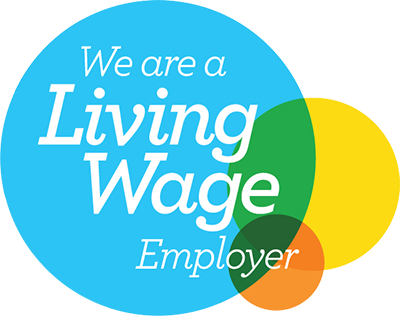
An overview of advantages

Hyper-competition and the need to reduce costs has compelled organisations to outsource non-core activities and progressively specialise in defined areas of competencies. Outsourcing is now an important business tool that organisations deploy to help them drive innovation and cope with competitive pressures.
Outsourcing can yield substantial gains that goes far beyond basic cost reduction, the benefits below are some of the reasons why organisations have embraced outsourcing.
Access to external expertise and innovation
The upside of a core competence and externalisation strategy is the ability to access core competencies of external specialist service providers. These suppliers invest vast sums of resources to keep pace with technological advancements and they possess cutting edge expertise and processes that can be accessed by the outsourcing firm.
Cost Reduction
Cost reduction is often the most common rationale for outsourcing non-core activities. The consensus by most organisations is that specialist external providers are much more efficient and cost effective in delivering certain activities. The vendor’s capacity to deliver a cost-effective service is often derived from its low-cost structure, location and economies of scale.
Performance Enhancement
Specialist external vendors are capable of out-performing internal service providers in certain areas of specialism. The ability of these specialist providers to achieve higher service levels is based on their skill and experience. They also have the required know-how and are be able to utilise their scope and scale to enhance performance and deal with demand fluctuations.
Flexibility
Flexibility in operations is a major reason for outsourcing. In the past, organisations used to produce components required for their end-product internally. It was thought that having a vertical integration strategy allows the organisation to respond quickly to high demand, maintain high levels of product availability and eliminate potential supply shortages. However, this strategy is not flexible, and it carries high levels of fixed costs. By outsourcing, organisations turn these fixed costs into variable costs. It no longer needs to maintain internal processes, rather it obtains materials or components from external providers as at when required.
Time to market improvement
Time to market for an organisation that is highly integrated vertically can be challenging, because any change to its product or service would need to be made by the organisation itself. Product or service changes could require upskilling existing employees, the acquisition of new capabilities or investing in new equipment. Changing existing levels of vertical integration takes time, and it can sometimes become an obstacle to achieving competitive advantage as the organisation is unable to get its latest product quickly to market and achieve first mover advantage. Outsourcing is a tool that can be used to reduce time to market because the organisations can simply source the capabilities it requires from competent vendors and compress time to market.
Focus on core competency.
Organisations need to focus their scarce resources on what they are good at rather than focussing on everything. The reasoning is that by focusing on what the organisations is good at doing, they will develop and hold superior competencies over time. Outsourcing non-core activities is a mechanism that allows the organisation to focus on its core competencies and achieve competitive advantage.
There are still organisations that continues to make goods or services internally that can be sourced at lower costs and of higher quality externally. Typically, procurement is often under-developed or is not strategically involved in these organisations to make the case for sourcing these requirements from specialist external providers. The net impact of this to an organisation is the risk of going out of business because it continues to make products or services that is substantially more costly than its competitors.
By Daniel Usifoh








